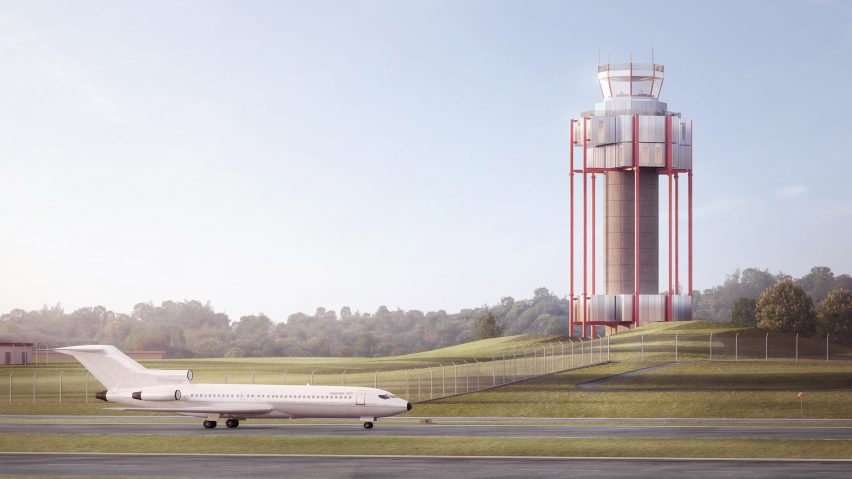
PAU designs US air traffic control towers to "build on legacy" of IM Pei
New York studio PAU has released designs for air traffic control towers that will be built at airports in the United States as the largest commission since IM Pei's designs in the early 1960s.
Practice for Architecture and Urbanism (PAU) was selected in an open competition by the Federal Aviation Administration (FAA) to design a new generation of modular air traffic control towers for American airports.
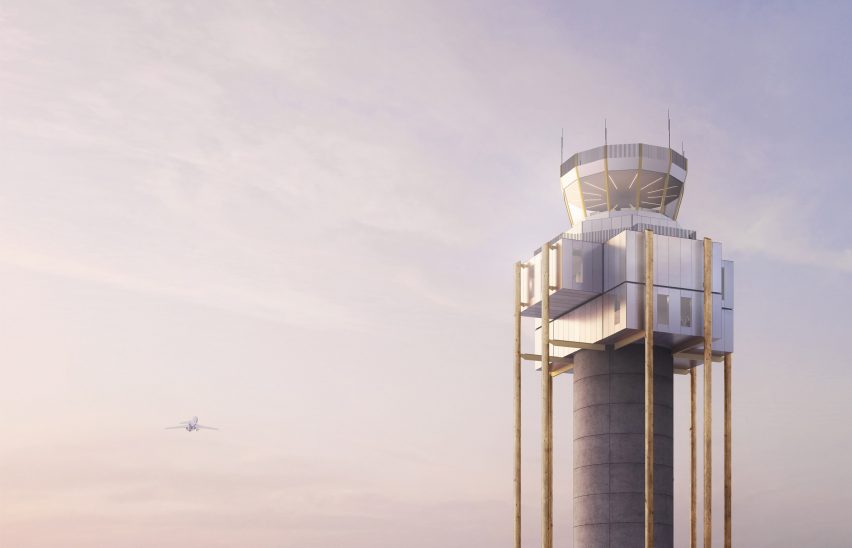
The designs will be used at 31 airports across the country with towers that are "functioning beyond their intended design life" said the FAA, and may eventually be used at more than 100 airports. Most of the initial designs will be at "municipal and smaller airports".
The commission represents the largest overhaul of the towers since Chinese-American architect Pei won a similar award in 1962, which saw the construction of 16 towers – all still in use today.
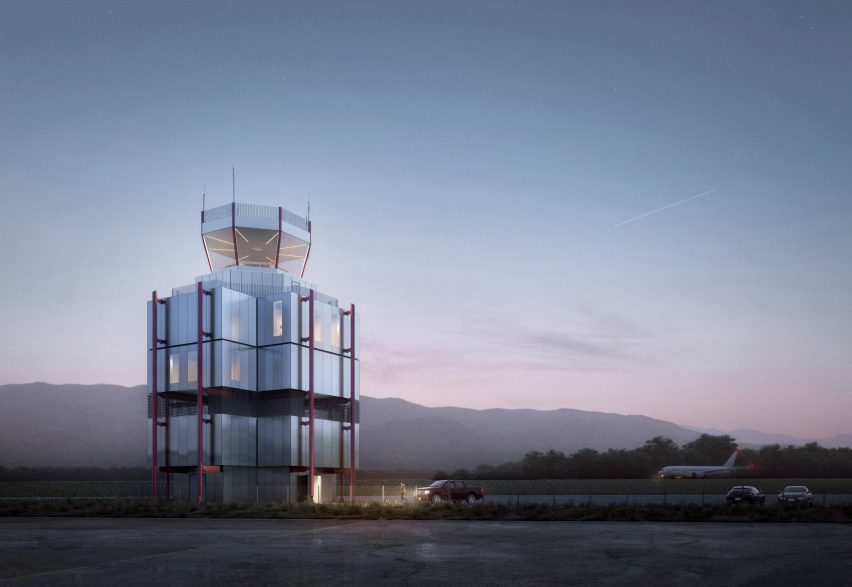
According to the studio, the designs will "build on the legacy of IM Pei's iconic mid-century towers, providing a distinctive architectural solution that blends aesthetics and function for the 21st century".
The towers will range in height from 63 to 119 feet (19 to 36 metres) and be "highly flexible" with variable colours based on the region of individual airports.
PAU's design comprises a central cylindrical column with a series of metal cuboid forms that can be attached to the side. These boxes will hold equipment, janitorial and other functional spaces, while the control room will sit on top of the column and be octagonal.
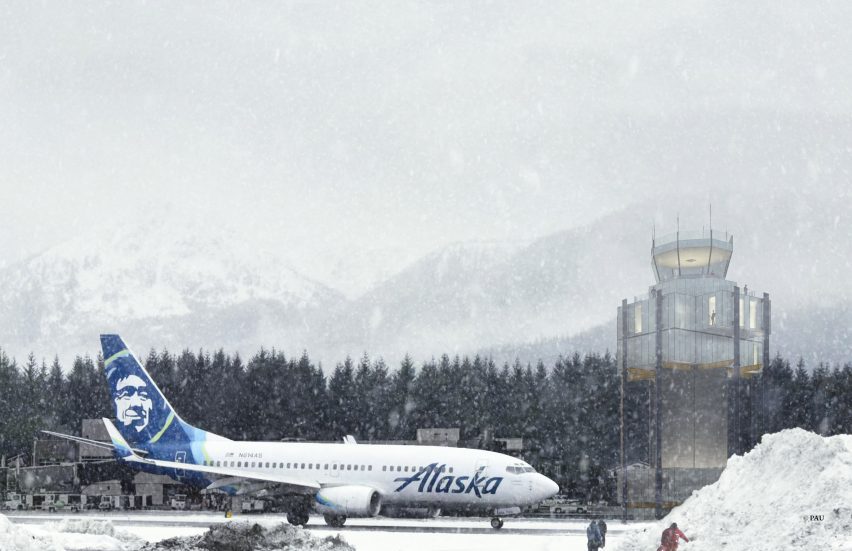
The modular elements will be partially supported by metal poles that create a skeleton-like frame around the structure.
An aspect of the government's call for designs included a sustainability clause, and PAU said that the designs will employ geothermal heating and cooling "where possible" and that the designs also incorporate recycled materials, high-performance facades and will be all-electric.
"We are grateful and honored to have the opportunity to design the nation's next generation of air traffic control towers – a major component of US Transportation Secretary Pete Buttigieg's plan to achieve net-zero greenhouse gas emissions from the US aviation sector by 2050," said PAU founding principal Vishaan Chakrabarti, who leads the studio with principal Ruchika Modi.
"As a practice that finds great creative possibility within tight constraints, we are thrilled to accept this challenge to create beautiful, functional architecture that serves the needs of air traffic controllers across the country while enhancing safety and reliability for the traveling public," continued Chakrabarti.
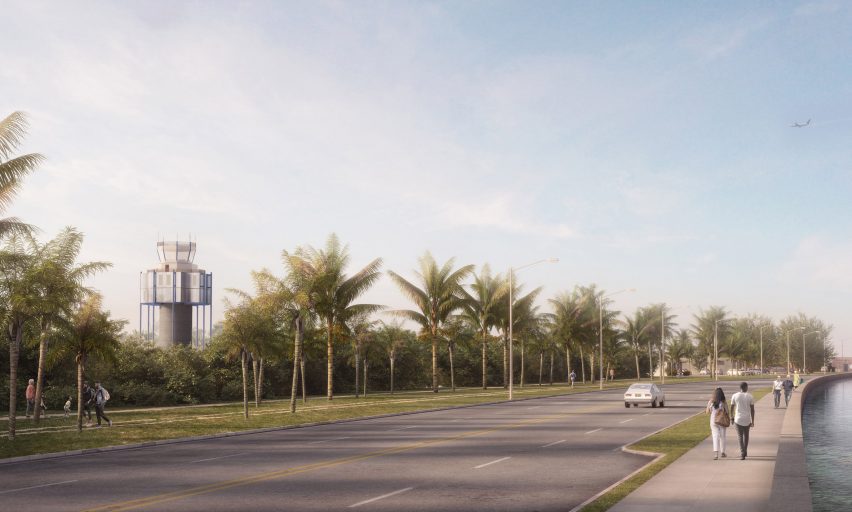
The FAA said that the projects could break ground as early as 2024.
Other aviation news include concept designs for an "air taxi" vertiport in Dubai from UK studio Foster + Partners as well the completion of SOM's timber-clad Kansas City International Airport terminal.
The images are courtesy of PAU.